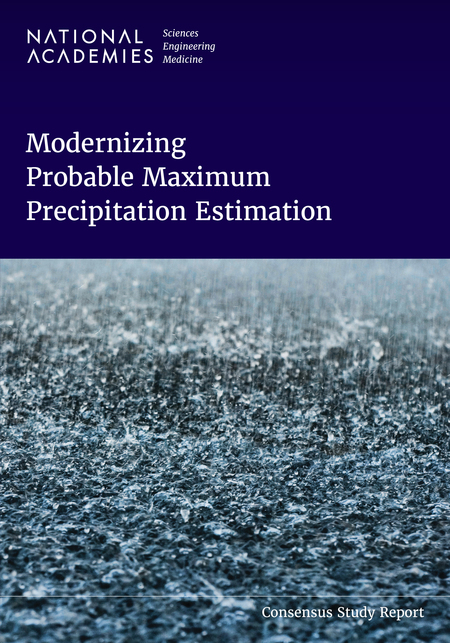Insights
Modernizing Probable Maximum Precipitation Estimates: Anticipating New Challenges in Infrastructure Safety

For many decades, critical structures like dams and nuclear power plants in the United States have been designed to withstand extreme weather events using Probable Maximum Precipitation (PMP) estimates dating back to 1978-1982. However, climate change has made extreme precipitation events more intense and more frequent, while many critical structures are reaching the end of their estimated life. These challenges require new estimates, built to the best available data.
The last major regional PMP studies conducted by the US were in the 1990s, using the best available data and methods at the time. However, these studies were unable to anticipate the challenges presented as storms become more powerful and frequent. Accurate PMP estimates are crucial for designing and maintaining facilities that must endure the worst-case precipitation scenarios, continuing operations and avoiding damage. GZA has worked with meterologist partners to apply site-specific PMP study results at critical infrastructure sites to help bridge this gap.
Earlier in 2024, the National Academy of Sciences, Engineering, and Medicine released a comprehensive report outlining recommended to the National Oceanic and Atmospheric Administration (NOAA) an updated scientific approach to modernize PMP estimates. This first step to modernize the PMP is supported by the Bipartisan Infrastructure Law and the PRECIP Act. This initiative is aimed to leverage current knowledge and technologies to improve the science behind the PMP, including:
- Enhancing rainfall data collection to provide more detailed information for modeling and estimating work.
- Applying and making more common high-resolution numerical modeling for more accurate predictions of impacts.
- Investigating the physical limits of extreme rainfall.
NOAA’s Physical Sciences Laboratory will lead the next phase of this effort, working with various partners including the U.S. Army Corps of Engineers to operationalize the new PMP estimates through the National Weather Service. GZA and other stakeholders working in the dams and hydrologic engineering industries will look to provide review, feedback, and input throughout the process.The first updated estimates from NOAA may arrive as soon as June 2030, if the effort is fully funded.
These modernization efforts will help to ensure the safety and resilience of our nation’s critical infrastructure in the face of a changing climate. By embracing these recommendations, NOAA aims to build a robust extreme precipitation resource that meets the needs of today and the future.
For more details, visit the National Academies' PMP Estimation Modernization website.
